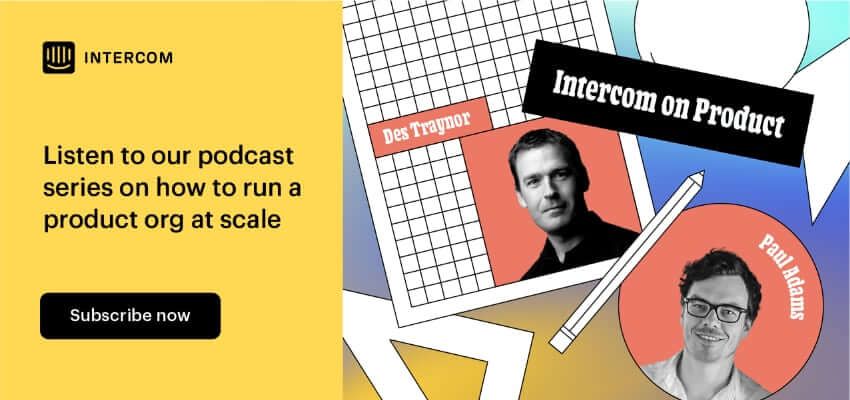
Trajectory matters more than state
Main illustration: Daniel FIshel
When you analyze your company, it’s easy to look at everything in its current state.
What’s our biggest problem today? What’s our best asset today? That perspective is not so useful, however, when planning for where you want to be tomorrow. It’s not about where you are, it’s about where you’re headed, and how fast you’re getting there.
Long-term thinking is hard for a very simple reason: every company is in a race against the clock. Whether you’re bootstrapped or bankrolled, that clock is always ticking. Creating a product company requires an upfront investment of time and money and gives you a limited window to either break even or show enough evidence of growth to secure funding. It’s hard to worry about future problems when you have a hardwired focus on hitting a short-term target.
But think of it this way: which deserves more attention, a big wound that’s healing, or a tiny tumor that’s growing? It’s not about where it is, it’s about where it’s going.

Here’s a few ways this affects a business.
Hiring for the long-term
When you’re looking at candidates, it’s imperative to evaluate not just where they are, but where they’re going and how fast they’re getting there. Who would you rather hire?
- Candidate A: Nails every requirement for the role but hasn’t shown any tendency to expand their skill set in any of their most recent roles.
- Candidate B: Falls short of your requirements today but has a track record of quickly expanding their skill set and improving in every previous role.
Which of these two candidates is going to be a better teammate in six months or a year’s time? Our engineering team hires for potential, which is the embodiment of this idea.
Assessing product quality
Obviously your customers only experience your product in its current state, which is why replies like “it’s coming” or “it’ll be fixed soon” frustrate them. Their problems exist today. But the state of the product today isn’t the only thing you should concern yourself with.
“The trajectory of your product quality matters way more than where it is today”
For example, if you found out you had 80 customers facing issues today, you might be alarmed. But if I told you there were 160 a month ago, you’d probably be optimistic. However, If I told you there were only 10 a month ago, you’d realise you had a serious problem. The trajectory of your product quality matters way more than where it is today. Is it getting better or worse? How fast?
Analyzing competitors
We believe it’s rarely useful to stress about competitors, but if you must analyze them, it’s important to gauge their trajectory against yours, rather than their current state.
“What if they’re growing five times faster than you today?”
If you have $5 million in revenue, and they only have $500,000, you’ll be tempted to ignore them or belittle them. But what if they got to $500,000 five times faster than you? What if they’re growing five times faster than you today?
It’s this lazy attitude that gives rise to the famous quote that’s (mistakenly) attributed to Gandhi: “First they ignore you, then they laugh at you, then they fight you, then you win.”
What’s your trajectory?
You’ve probably seen some version of the 1.01365 = 38 and 0.99365 = 0.02 formulae that highlight the stark difference between a 1% daily increase and 1% daily decrease played out over a year.
It’s a point particularly beloved by people selling diets and gym memberships, but it does highlight the power of small steps, how consistent small improvements lead to exponential growth. While it ignores the challenge of consistently finding areas to improve, it nicely illustrates the importance of trajectory.
Inevitably, you’re always going to run into all sorts of new problems, big and small, in your company. To make sure you don’t overreact or underestimate them, always first ask yourself “Which way is this going?”








